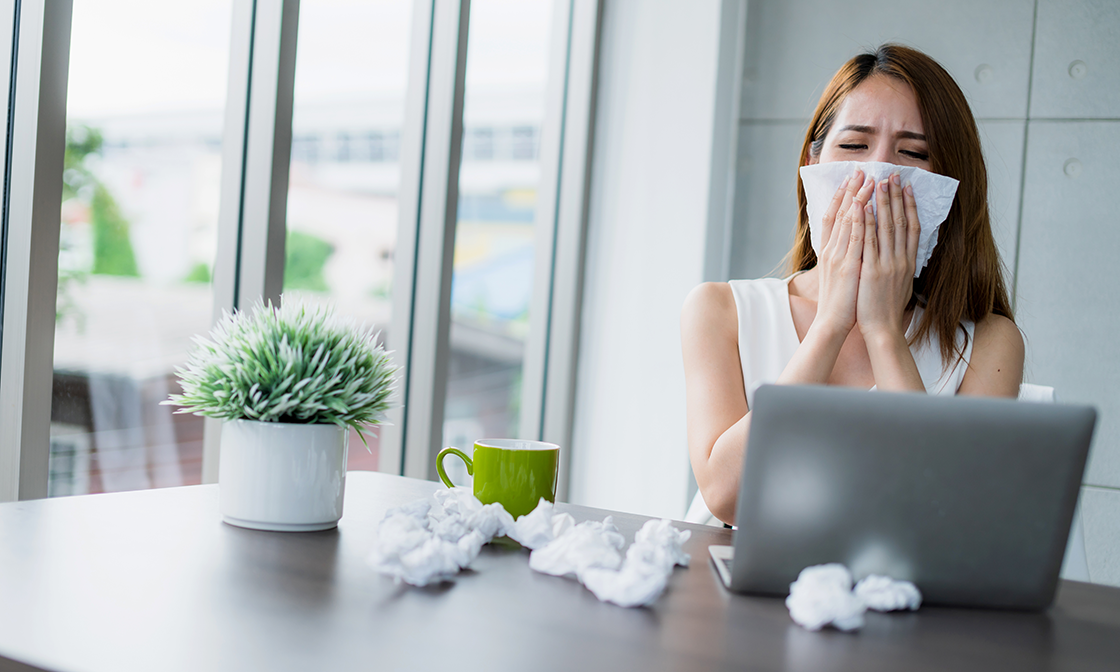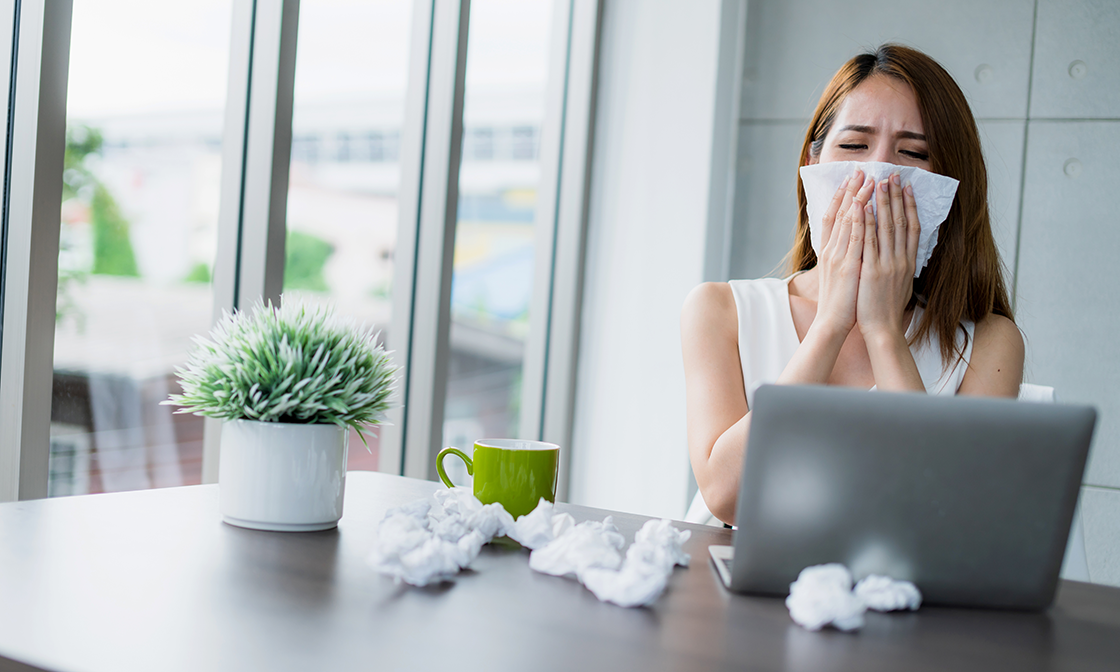Winter is around the corner, and along with the changing leaves come the unfortunate increase in seasonal illness for many people. Influenza, Norovirus and complications including pneumonia all have a seasonal peak during the fall and winter months and can spread quickly through the workplace. According to the Centers for Disease Control and Prevention (CDC), the flu alone costs employers nearly 111 million workdays, or about $7 billion in sick days and lost productivity. To protect your employees – and your business – it is critical to be aware of the prevalence of seasonal illnesses, prevention strategies and ways to reduce their impact when they occur.
Assessing the Risks
There are several reasons why illness outbreaks increase with cold weather.
The cold can trigger or worsen the symptoms of many winter ailments. Our immune systems may be more vulnerable in the winter, and certain pathogens thrive best in colder environments. Cold weather can cause the airways to constrict and suppress the processes that defend against infection.
People also spend more time indoors and in closer proximity to others as the weather gets colder, potentially increasing the likelihood of contracting a respiratory virus. Also, the heating systems for many facilities get turned on at this time of year and the recirculated air may have less outside air. This can increase the risk of dust and other particulates, which may also carry infectious pathogens. In addition, researchers suspect that germs from a sneeze survive better in dry air – like the air in an office heated to ward off that colder weather. It is likely that a combination of all these factors contributes to the spike in infection during the winter months, particularly in a workplace.
Hoping For the Best, Preparing For the Worst
The best way to keep these illnesses from impacting your workforce is to adopt key prevention strategies, including:
- Promote vaccination. Remind your employees to get routine vaccinations like the flu shot and the pneumococcal vaccine, or offer vaccinations at work.
- Encourage proper hand hygiene. Recommend hand hygiene (washing or hand sanitizer) to your employees, especially after restroom use or contact with high-touch surfaces like phones, keyboards and doorknobs. Consider placing hand sanitizer around the workplace in high-traffic areas, like the kitchen, break room or conference rooms.
- Disinfect high-touch surfaces. Look for a disinfectant cleaner like Oxivir Tb that utilizes Accelerated Hydrogen Peroxide (AHP) technology to deliver fast, safe and effective cleaning and disinfection performance. Disinfect desks, countertops, keyboards, doorknobs and other high-touch surfaces on a regular basis to reduce the risk of spreading disease.
- Use common sense. Highlight common sense prevention methods, such as covering your mouth when you sneeze, throwing away facial tissues after each use and avoiding sharing food and drinks with others.
- Allow for time off. Listen to your employees if they tell you they aren’t feeling well, as pressuring them to come into work when they’re feeling under the weather can cause both productivity and morale to take a hit. No one should be at work with a fever: an elevated temperature is Mother Nature’s way of telling us to stay home.
Limiting the Impact of Illness
So, what should you do if you’ve contracted a case of seasonal illness?
Most importantly: stay home. According to a 2016 survey, more than half of people who work in public places like hospitals and restaurants still go to work when they’re sick, putting other employees, patients and patrons at risk for infection. Be proactive about communicating with your workplace and prioritize your well-being.
Get plenty of rest and fluids during the recovery period to prevent dehydration. Depending upon your symptoms, see a doctor about over-the-counter medications, antibiotics or other necessary treatments. Stay in contact with your workplace about your symptoms and only return to work when you have fully recovered.
As the weather gets colder, keep the risk of illness in mind and take precautions to protect your workplace from an outbreak. For more information on outbreak prevention, visit our dedicated page.



